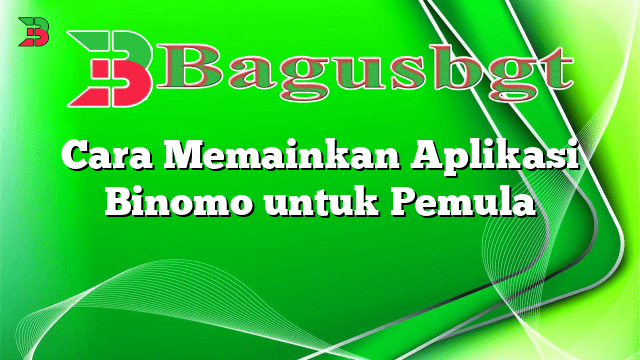Hello readers,
Today, we will discuss the process of filling out a money order. Money orders are widely used for secure and convenient financial transactions. Whether you are paying bills, making a purchase, or sending money to someone, understanding how to properly fill out a money order is essential. In this article, we will guide you through each step in a detailed and informative manner.
1. Understanding a Money Order
Before we delve into the process, let’s first understand what a money order is. A money order is a prepaid instrument that allows you to make payments or send money through a trusted financial institution. It is a safe alternative to cash or personal checks, as it guarantees payment to the recipient.
2. Gather the Required Information
Before filling out a money order, ensure you have all the necessary information. You will need the recipient’s name, address, and the exact amount you wish to send. Double-check these details to avoid any errors.
3. Purchase a Money Order
To obtain a money order, visit a reliable financial institution such as a bank, post office, or a retail store that offers money order services. Approach the counter and request a money order for the desired amount.
4. Fill Out the “Pay To” Field
In the “Pay To” field, write the name of the person or organization you are sending the money order to. Make sure to spell the name correctly and include any additional information, such as an account number or reference, if required.
5. Provide Your Information
Next, fill out your personal information in the designated fields. Write your full name, address, and contact number. This information is crucial for identification purposes.
6. Add a Memo (Optional)
If you wish to provide additional information to the recipient, you can use the memo field. This field allows you to write a brief note or explanation about the purpose of the money order.
7. Sign the Money Order
Before submitting the money order, you must sign it. Look for the “Purchaser’s Signature” or “Signature” field and sign your name as it appears on your identification documents. Your signature validates the money order.
8. Detach the Receipt
Many money orders come with a detachable receipt. Tear off the receipt along the perforated line and keep it for your records. The receipt contains essential details, such as the money order number, which can be helpful in case of any issues or inquiries.
9. Double-Check and Submit
Before leaving the counter, review all the information on the money order for accuracy. Ensure that the recipient’s name, your information, and the amount are correct. If everything looks good, hand over the money order to the cashier along with the applicable fees.
10. Keep the Receipt Secure
Once the payment is processed, keep the receipt in a safe place. It serves as proof of payment and can be used to track the money order if needed.
Money Order: Pros and Cons
Money orders offer several advantages. They are widely accepted, secure, and can be easily tracked. They are also a suitable option for individuals without bank accounts. However, money orders do have some drawbacks. They usually come with fees, which can vary depending on the issuing institution. Additionally, there is typically a maximum limit on the amount you can send through a money order.
Alternative Method: Online Money Transfers
If you prefer a more convenient option, consider online money transfers. With the advancement of technology, many financial institutions offer online platforms or mobile applications that allow you to send money instantly. Online transfers are often faster, more cost-effective, and provide additional features such as transaction history and notifications.
Money Order: Fill Out Guide – Summary
| Step | Description |
|---|---|
| 1 | Understanding a Money Order |
| 2 | Gather the Required Information |
| 3 | Purchase a Money Order |
| 4 | Fill Out the “Pay To” Field |
| 5 | Provide Your Information |
| 6 | Add a Memo (Optional) |
| 7 | Sign the Money Order |
| 8 | Detach the Receipt |
| 9 | Double-Check and Submit |
| 10 | Keep the Receipt Secure |
Frequently Asked Questions (FAQ)
Q: Are money orders safe?
A: Yes, money orders are considered a secure form of payment as they are prepaid and guaranteed by the issuing institution.
Q: Can I track a money order?
A: Yes, most money orders can be tracked using the unique identification number printed on them. Contact the issuing institution for more information.
Q: Can I cancel a money order?
A: Yes, money orders can be canceled or refunded, but the process and associated fees may vary depending on the issuing institution’s policies.
In conclusion
Filling out a money order is a simple and secure way to make payments or send money. By following the step-by-step guide provided in this article, you can ensure accurate and hassle-free transactions. Whether you choose a money order or opt for online transfers, always prioritize the security of your financial transactions.
 Bagus Banget Kumpulan Informasi terbaru dari berbagai sumber yang terpercaya
Bagus Banget Kumpulan Informasi terbaru dari berbagai sumber yang terpercaya






